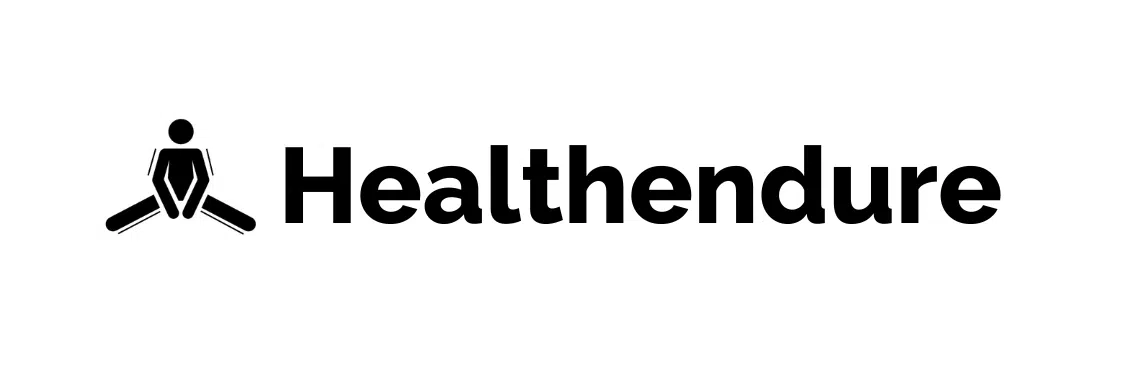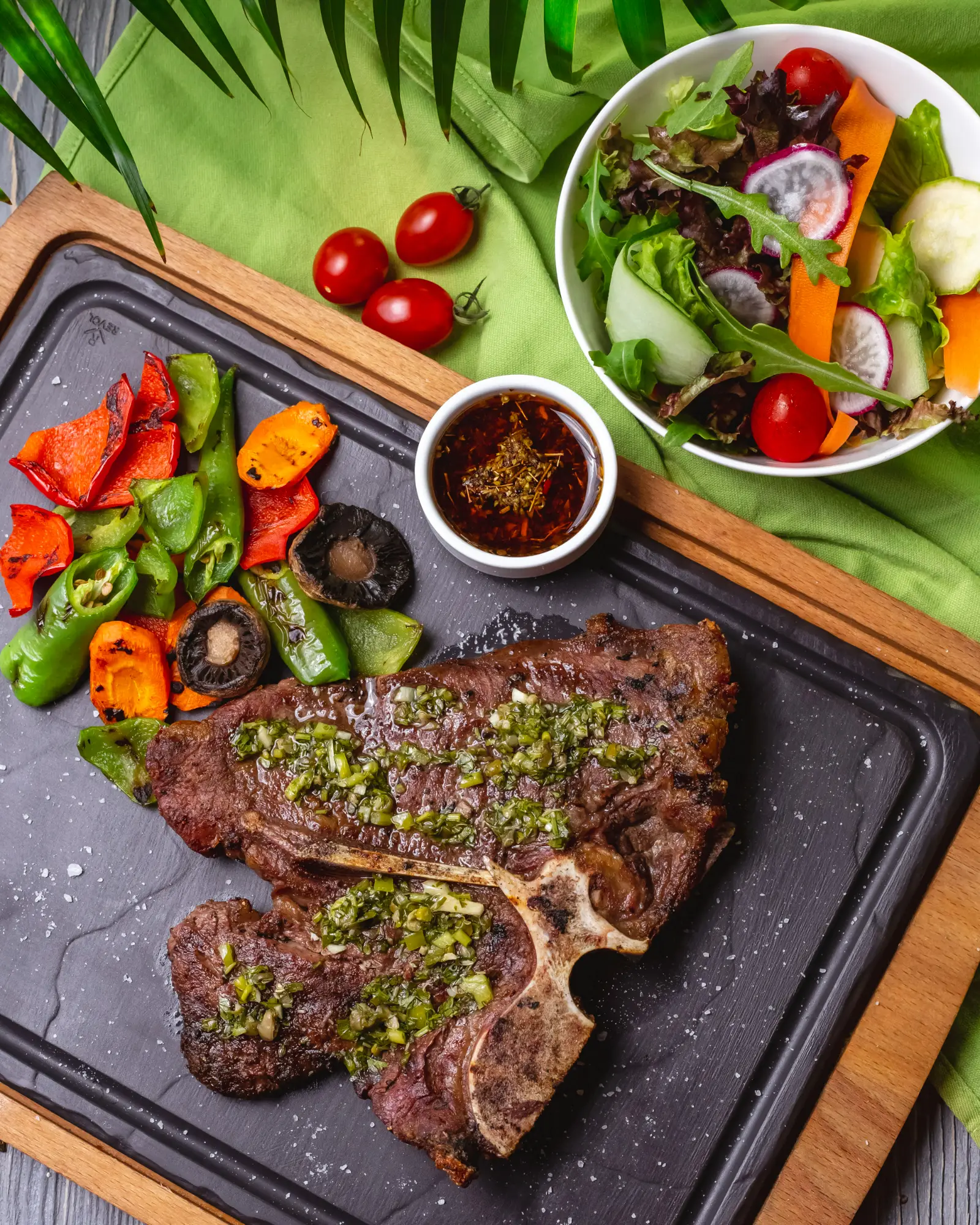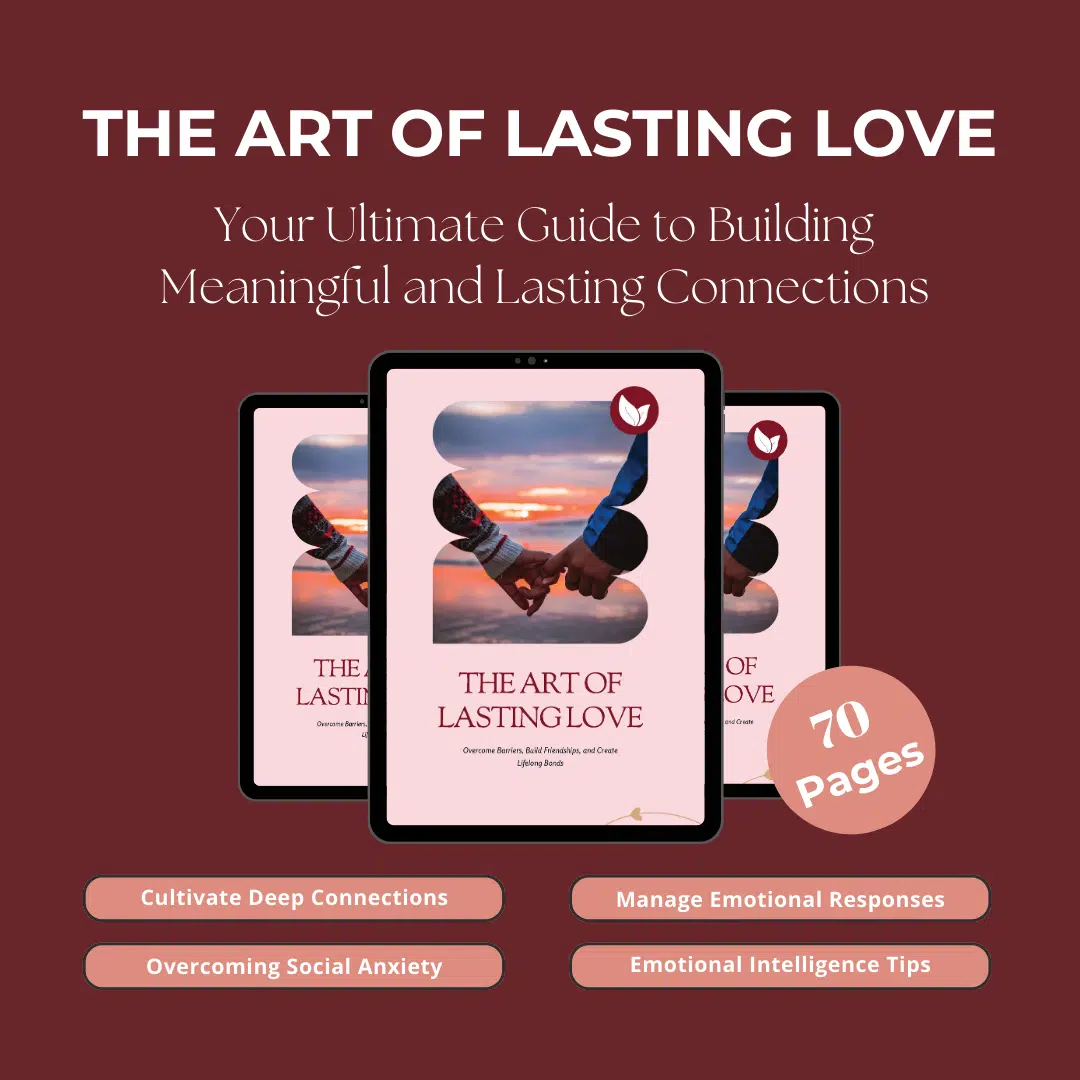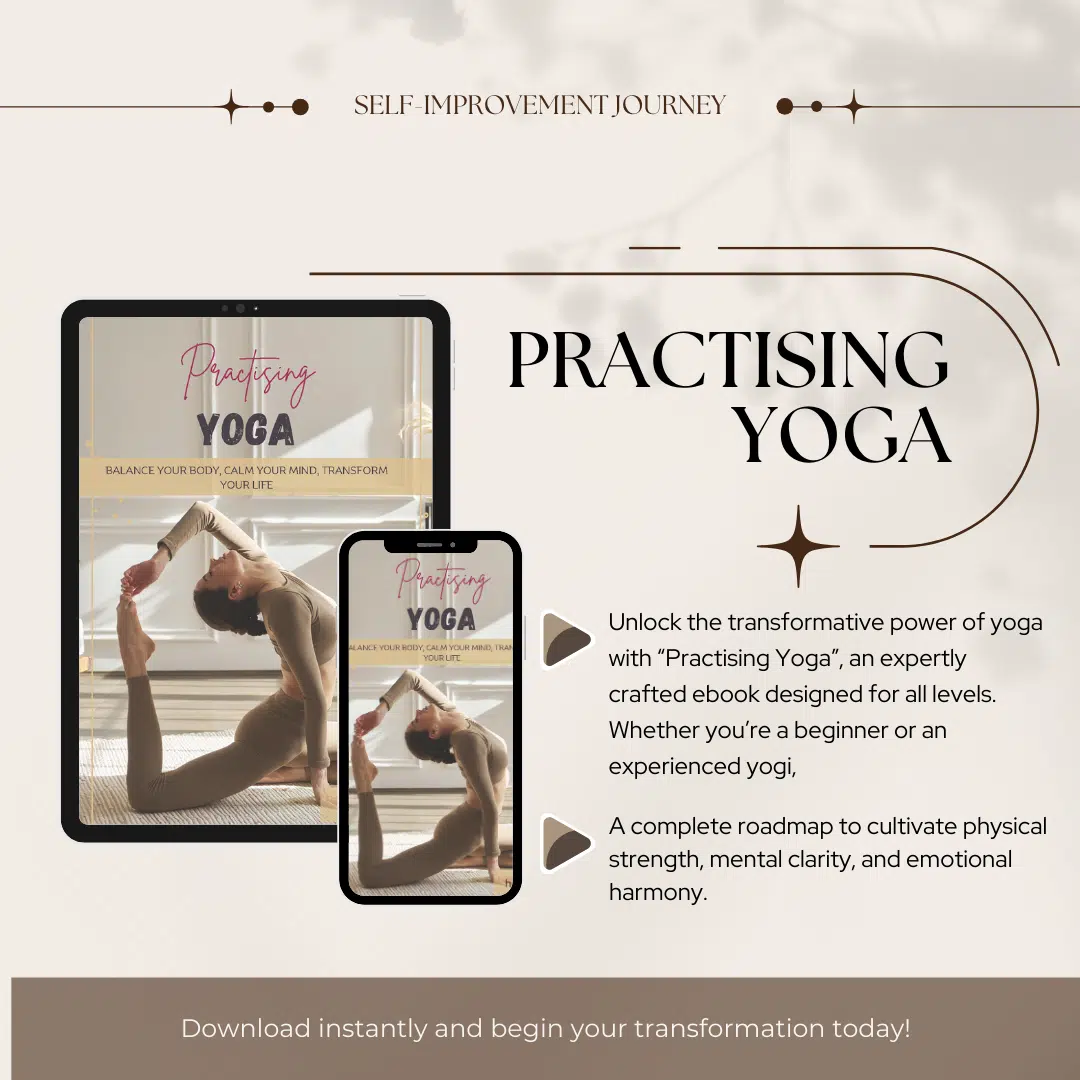Have you ever considered the significance of the muscles on the lateral aspect of your torso? These are known as the obliques muscles and they play a pivotal role in enhancing core strength and overall physical health. Although the primary benefit of Oblique Exercises may be an aesthetically pleasing, sculpted six-pack, however, the advantages extend beyond appearances. Strong obliques provide a surprising range of benefits that can prove advantageous even outside exercise.
Why Obliques Workout Matter?
Think of your core as the body’s central command center. It’s responsible for keeping you upright, protecting your spine, and transferring power throughout your movements. The obliques, those diagonal muscles on your sides, are like the core’s loyal lieutenants. They work tirelessly to:
-
Stabilize your spine: Strong obliques help you maintain proper posture and prevent injuries during everyday activities and workouts.
-
Fuel your rotational movements: From swinging a tennis racket to twisting to grab something from a shelf, your obliques are the unsung heroes of rotation.
-
Enhance athletic performance: Whether you’re a seasoned athlete or a weekend warrior, strong obliques provide better balance and coordination, allowing you to perform at your peak.
-
Carve a sculpted core: Let’s be honest, toned obliques contribute to that coveted six-pack definition. But hey, aesthetics are just a bonus!
The Downside of Neglecting Your Obliques
Just like any other muscle group, neglecting your obliques can lead to some not-so-desirable consequences. These include:
-
Lower back pain: A weak core can put extra strain on your lower back, leading to discomfort and potential injuries.
-
Poor posture: Without proper core support, you might find yourself slouching, which can affect your confidence and even lead to headaches.
-
Reduced athletic performance: Weak obliques can hinder your rotational power and coordination, impacting your athletic endeavors.
Anatomy of the Obliques
Your obliques are a two-man (or rather, two-muscle) team: the internal and external obliques.
The Internal Oblique
The internal oblique, a deeper layer of muscle fibers, runs diagonally across your torso, from your lower ribs towards your midline (think belly button). This muscle acts like a natural girdle, supporting your spine and internal organs. Core strength, spinal stability, and rotational power are significantly influenced by the health of the internal oblique.
The External Oblique
The external oblique is the surface layer you can see and feel on the sides of your torso. Its fibers run in the opposite direction of the internal oblique, creating a crisscross pattern that provides exceptional stability. Together with the internal oblique, they form a strong core, essential for everyday activities, sports performance, and preventing injuries.
How Obliques Work Together
Imagine your obliques as internal cables working in tandem. When you contract your internal oblique on one side, it works with the external oblique on the opposite side to:
Rotate your torso
This allows you to twist your body, whether it’s for a powerful golf swing or simply reaching something behind you.
Bend at the sides
Your obliques work alongside other core muscles to help you bend sideways, like when you touch your toes or perform a side plank.
Maintain core stability
By constantly working together, your obliques form a tight corset around your core, protecting your spine and keeping you upright during all your activities.
Strong obliques can also help improve your breathing. By stabilizing your core, they allow your diaphragm to work more efficiently, leading to deeper and more controlled breaths.
Best Oblique Exercises for Every Level
We’ve learned that strong obliques are the core’s secret weapon, boosting stability, performance, and even aesthetics. Now, it’s time to translate theory into action! Here’s your ultimate guide to conquering your core with a variety of oblique exercises, categorized by difficulty level, so you can progress at your own pace.
Beginner Blast-Off: Building a Strong Foundation
Ready to ignite your core journey? These beginner-friendly exercises will introduce you to proper form and engage your obliques effectively:
1-Russian Twists

The Russian twist is one of the dynamic functional core exercises that targets both external as well as internal obliques. This is one of the easy-to-do oblique exercises without equipment. Think of a tennis player winding up for a serve. That’s the rotational movement you’ll replicate here. Sit on the floor with knees bent and feet flat. Lean back slightly, engage your core, and twist your torso from side to side, using a medicine ball (optional) for added challenge. Aim for 3 sets of 10-15 repetitions per side.
2-Side Plank

The side plank is a static exercise that primarily targets the obliques, as well as the core and stabilizer muscles. This exercise might look simple, but it packs a punch! Lie on your side with your elbow directly under your shoulder and your legs stacked. Lift your hips off the ground, forming a straight line from head to heels. Hold for 30-60 seconds per side, and work your way up to 3 sets. Want to spice it up? Try hip dips for an extra core burn. Studies also advocated the planks in strengthing your oblique.
3-Bird Dog

Studies have shown that adding bird-dog exercises to your workout routine improves muscle strength and balance. It targets the core, back, and glutes, helping to improve posture and reduce injury risk. Incorporating bird-dog exercises can boost physical performance and well-being.
This oblique muscle training may sound playful, but it’s a core powerhouse. This along with other functional core exercises can be easily performed at home. Start on all fours with hands shoulder-width apart and knees hip-width apart. Extend one arm and the opposite leg simultaneously, keeping your back flat and core engaged. Hold for a few seconds, then switch sides. Aim for 3 sets of 10-12 repetitions per side.
Sample Obliques Workout Routines (20-25 minutes)
-
Warm-up: 5 minutes of light cardio (jumping jacks, jogging in place) and dynamic stretches (arm circles, torso twists).
-
Circuit 1 (repeat 2 times):
-
Russian Twists (15 reps per side) with bodyweight or a light medicine ball.
-
Side Plank (30 seconds per side).
-
Bird Dog (10 reps per side).
-
Rest for 30 seconds between exercises.
-
Cool-down: 5 minutes of static stretches (side bends, hamstring stretches).
Progression Notes: As you get stronger, increase the number of sets, repetitions, or hold time for each exercise. You can also try adding weight to the Russian Twists or using a stability ball for the Side Plank for an extra challenge.
Intermediate Ignition: Taking Your Core to the Next Level
To achieve your dream big and strong obliques, let’s elevate your core challenge with these intermediate exercises:
4-Cable Woodchop

This gym-based great cable oblique workout mimics a chopping motion, engaging your obliques and core comprehensively. Set up a cable machine with a low handle attachment. Stand with your feet hip-width apart and core-engaged. Rotate your torso as you pull the cable down diagonally across your body, simulating chopping wood. Aim for 3 sets of 10-12 repetitions per side.
5-Hanging Knee Raises (Oblique Crunches Exercise)
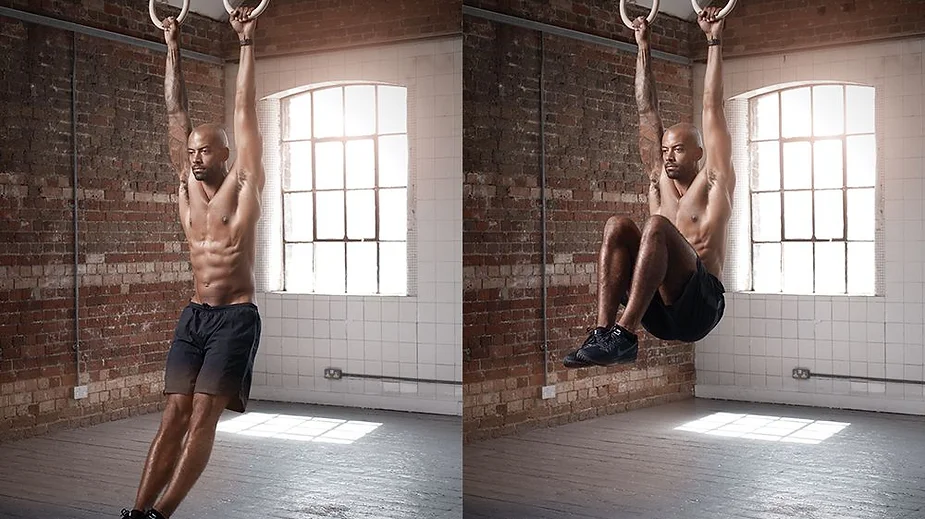
This classic side abs workout can be modified to target your obliques specifically.
The Hanging Knee Raise, also known as the Oblique Crunch, is effective for engaging and strengthening the muscles along the sides of the abdomen.
Hang from a pull-up bar with a strong grip. Instead of raising both knees straight up, bring one knee towards your opposite elbow, engaging your obliques for the twist. Slowly lower and repeat on the other side. Aim for 3 sets of 10-12 repetitions per side.
6-Anti-Rotational Press
This exercise strengthens your core’s ability to resist rotation, a crucial element for stability and injury prevention. Use a cable machine with a D-handle attachment. Stand sideways to the machine, hold the handle at chest height, and press away from your body, resisting any rotation in your torso. Focus on core engagement throughout the movement. Aim for 3 sets of 10-12 repetitions per side.
Sample Oblique Workout Routines (25-30 minutes)
-
Warm-up: 5 minutes of light cardio and dynamic stretches.
-
Circuit 1 (repeat 3 times):
-
Cable Woodchop (12 reps per side) with moderate weight.
-
Hanging Knee Raise (Oblique Crunch) (12 reps per side).
-
Anti-Rotational Press (12 reps per side) with a cable machine.
-
Rest for 45 seconds between exercises.
-
Cool-down: 5 minutes of static stretches.
Progression Notes: Once these Oblique exercises feel comfortable, increase the weight on the Cable Woodchop and Anti-Rotational Press. You can also try performing the Hanging Knee Raise (Oblique Crunch) with a slower and more controlled movement.
Advanced Annihilation: Forging a Sculpted Core
Conquered the intermediate exercises? Get ready to unleash your inner core warrior! These advanced exercises will push your limits and sculpt those obliques:
7-Weighted Side Plank
Ready to graduate from plain side planks? Add weight! You can use dumbbells, a weight vest, or even a weighted backpack. Follow the same side plank form but hold the weight in your free hand, adding an extra challenge for your core. Start with a manageable weight and gradually increase as you get stronger. This weighted oblique exercise not only toned your obliques but also improves your core strength.
8-Pallof Press with Rotation

This exercise takes core stability to a whole new level. Set up a cable machine with a low handle attachment. Stand with your feet hip-width apart and arms extended straight out in front of you, holding the handle. Press the handle away from your body, then rotate your torso and bring it towards your hip while maintaining arm extension. Feel the core engagement throughout the movement. Aim for 3 sets of 10-12 repetitions per side.
Incorporate these oblique exercises into your fitness routine for a sculpted midsection and improved core strength.
9-Windmill
This challenging exercise requires excellent core control and coordination. Stand with your feet hip-width apart and hold a weight (dumbbell or kettlebell) in one hand overhead. Hinge at your hips, keeping your back flat and core engaged, and reach the weight down towards the ground on the opposite side of your body.
Aim to graze the ground with the weight while maintaining a straight spine. Slowly return to standing and repeat on the other side. This exercise requires proper form to avoid injury, so consider starting with lighter weights and mastering the movement before adding more load.
10-Bicycle Crunches
Lie on your back, bring your knees towards your chest, and twist your torso to touch your opposite elbow to your opposite knee. Bicycle crunches are excellent for working both the external and internal obliques.
Sample Oblique Workout Routines (30-35 minutes)
-
Warm-up: 5 minutes of light cardio and dynamic stretches focused on core engagement.
-
Circuit 1 (repeat 3 times):
-
Weighted Side Plank (30 seconds per side) with challenging weight (start light and progress).
-
Pallof Press with Rotation (10 reps per side) with moderate cable weight.
-
Windmill (8 reps per side) with light to moderate weight (focus on form over heavy weight).
-
Rest for 60 seconds between exercises.
-
Cool-down: 5 minutes of static stretches with a focus on core and lower back.
Progression Notes: For the advanced version of Oblique Exercises, prioritize proper form and core engagement over heavy weights. Master the movements with lighter weights before adding more load. You can also increase the hold time for the Side Plank and Windmill, or try performing the Pallof Press with Rotation with a heavier cable weight while maintaining core stability throughout the movement.
Additional Tips: Building a Complete Oblique Training Arsenal
Conquering those oblique exercises is a fantastic start, but for truly sculpted obliques and a rock-solid core, we need to look beyond just the movements themselves. Here are some additional tips to optimize your oblique training and maximize your results:
Warm-up and Cool-down: Your Body’s Best Friends
Think of your workout as a journey. A proper warm-up is like stretching the map – it prepares your body for the path ahead by increasing blood flow, loosening muscles, and improving flexibility.
This reduces your risk of injury and allows you to perform exercises with better form. Aim for 5 minutes of light cardio (jumping jacks, jogging in place) and dynamic stretches (arm circles, torso twists) before diving into your sets of oblique exercises routine.
Similarly, a cool-down is like savoring the destination. It allows your body to gradually cool down, prevents muscle soreness, and helps your muscles recover properly. Dedicate 5 minutes to static stretches (side bends, hamstring stretches) after your workout to lengthen and relax your muscles.
Mind-Muscle Connection: Feel the Burn in the Right Places
Imagine you’re a sculptor meticulously shaping a piece of clay. That’s the kind of focus you want when performing oblique exercises. Don’t just go through the motions! Actively engage your obliques throughout each movement.
Feel the muscles contract and work as you twist, bend, or lift. This mind-muscle connection ensures you’re targeting the right areas and maximizing the effectiveness of your workout.
Diet and Nutrition: Fueling Your Core
Unfortunately, sculpted obliques can’t be spot-trained solely through oblique exercises. They reside under a layer of fat, and to reveal their definition, you need to create a calorie deficit. This means burning more calories than you consume.
Think of your body like a car. Food is the fuel, and exercise is how you burn it. A healthy, balanced diet rich in fruits, vegetables, and lean protein will provide your body with the nutrients it needs to build strong obliques and support your overall fitness journey. Don’t forget to stay hydrated as well!
FAQ: Are Lateral Abs and Obliques the same thing?
Lateral abs and obliques refer to overlapping muscle groups but are not the same. The obliques, which include the external obliques and internal obliques, are located on the sides of the abdomen and play a significant role in trunk rotation and lateral flexion.
On the other hand, the term “lateral abs” may refer to the muscles on the sides of the abdomen, including the obliques, but can also encompass other muscles such as the quadratus lumborum and transversus abdominis, depending on the context. While there is some overlap between the two, they are not interchangeable terms.
Conclusion
So there you have it! You’ve unlocked the secrets of the obliques, from their anatomy and function to a range of effective functional core exercises and training tips. Now it’s time to take action and unleash your inner core warrior!
By incorporating oblique exercises into your workout routine, you’ll reap a multitude of benefits:
-
Enhanced core stability: A strong core is essential for proper posture, injury prevention, and improved athletic performance.
-
Boosted rotational power: Whether you’re swinging a tennis racket or twisting to grab something from the shelf, strong obliques provide the power you need.
-
Sculpted aesthetics: Let’s be honest, toned obliques contribute to that coveted six-pack definition. But remember, aesthetics are just a bonus!
Just as important as consistency is proper form. Focus on engaging your obliques throughout each movement and don’t hesitate to modify exercises or seek guidance from a certified trainer if needed. Prioritize quality over quantity, and your body will thank you for it.
Ready to embark on your core strengthening journey? Grab your exercise mat, get ready to feel the burn, and witness the transformation of your core! We’re confident that with the knowledge and tools provided in this guide, you’ll be well on your way to achieving a strong, sculpted core and unlocking your full potential.
